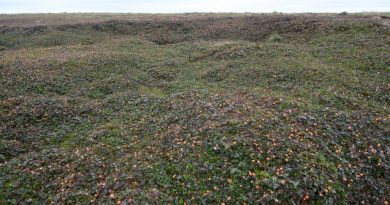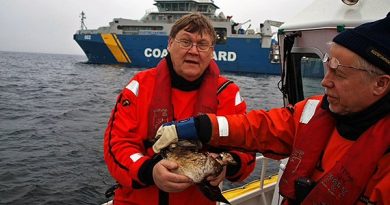Arctic Norway: “It was the warmest September on record in Tromsø”
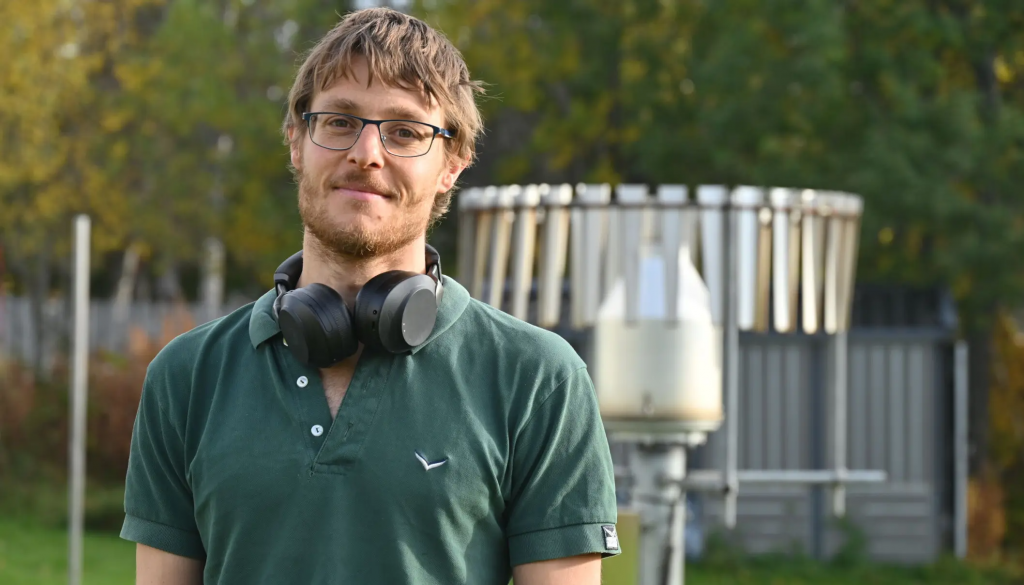
Some regions in Arctic Norway have experienced exceptionally warm weather last month compared to observational records stretching back a century.
“The average temperature in September in Tromsø has been 11.2 degrees Celsius. That’s the warmest it’s been since measurements began in the 1920s,” meteorologist Patrick Stoll from the Norwegian Meteorological Institute told the Barents Observer.
“It’s 3.2 degrees warmer than average.”
As the Meteorological Institute emphasised in its monthly report, this year’s September has been particularly warm for the whole country, confirmed today as the third warmest September on record:
“All weather has an element of climate change in it now. For example, we can clearly see that the summer heat extended into the autumn season, while winter is shrinking,” climate scientist Hans Olav Hygen is quoted in the report.
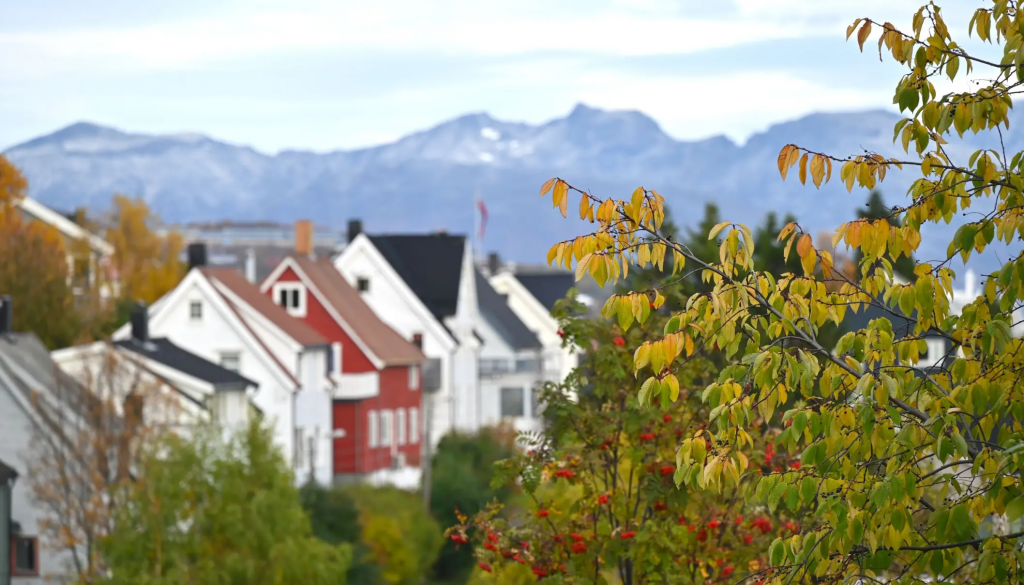
Another northern region, Finnmark, located farther north-east on the border with Russia, also surprised meteorologists:
‘It was almost four degrees warmer than average in Finnmark this September,’ Stoll told the Barents Observer.
“Last year was exceptionally warm, too,” Stoll continued. “With weather, you always get the coldest or the warmest days. But, of course, there is also the general situation of the global temperature rising as more and more greenhouse gases accumulate in the atmosphere.”
As the meteorologist explains, there were also a lot of warm winds from the south in the Norwegian Arctic this September, caused by high pressure in Scandinavia and western Russia.
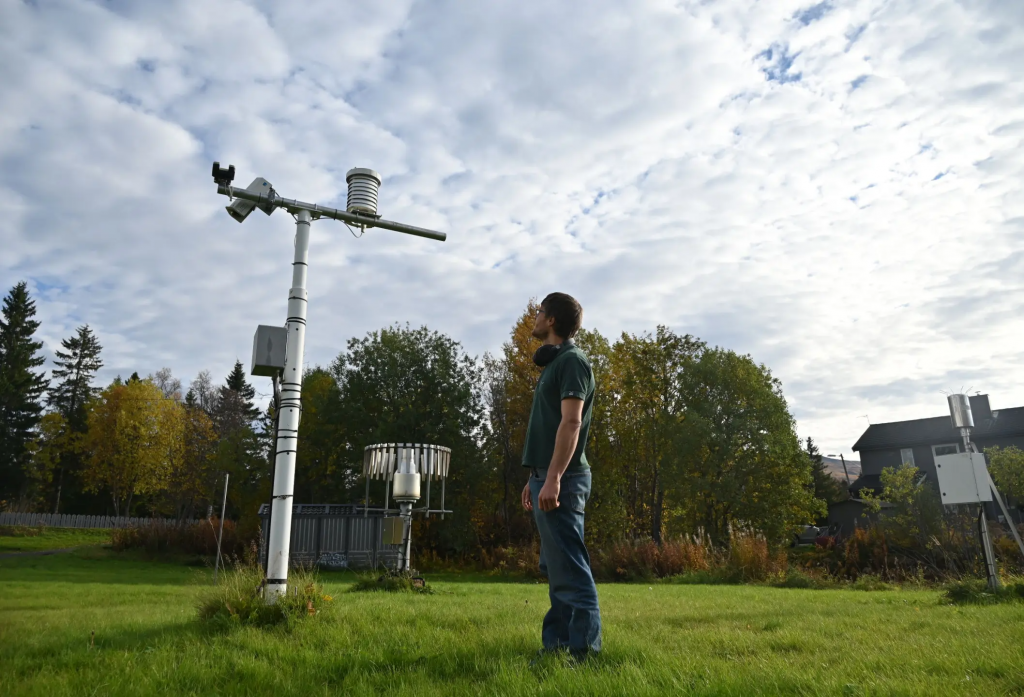
In Tromsø, the Meteorological Institute measures temperature using a special thermometer located two metres above ground level. The thermometer is well ventilated and sheltered from solar radiation.
‘It’s not normal for the global temperature to rise so quickly,’ says Stoll. “Here in northern Norway, this warm season is perceived as something nice. But at the same time some plant and animal species might suffer because of rising temperatures. It also means that the glaciers are melting and the ecosystems are changing. Some insects may be able to survive in places where they haven’t been able to before.”
“The fact that the globe is getting warmer will probably affect us [people in the northern Norway] too,” – the Meteorological Institute climate service wrote in an email to the Barents Observer.
Related stories from around the North:
Canada: Arctic glaciers remain at risk even if int’l community reaches climate targets: study, Eye on the Arctic
Norway: Svalbard glacier once survived a warmer climate, The Independent Barents Observer
Russia: Melting permafrost may release industrial pollutants at Arctic sites: study, Eye on the Arctic
Sweden: Eight Swedish glaciers melted away: ‘It’s a very clear sign’, Radio Sweden
United States: Trump’s cuts threaten US polar science after decades of data collection, Blog by Mia Bennett


